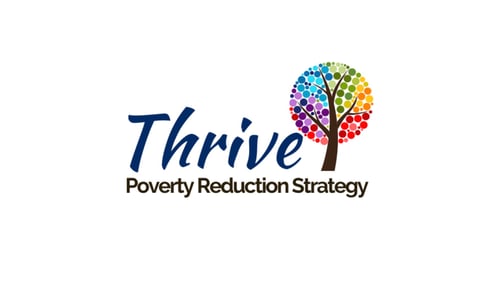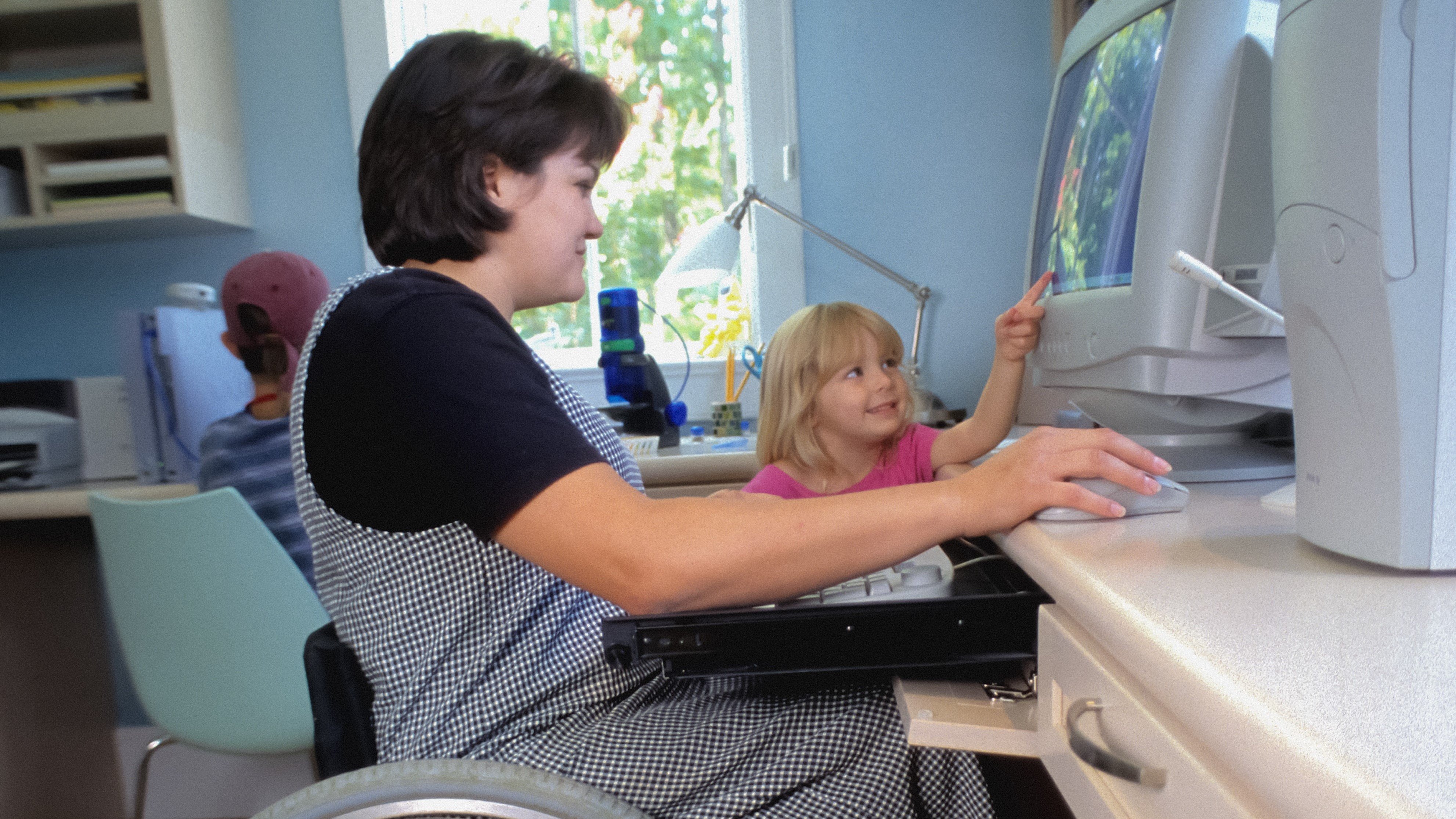Three years ago, when the Williams Lake Social Planning Council made a commitment to complete a poverty reduction strategy for the region a global pandemic was not on the horizon. Now, as communities across the country struggle to carry on meaningful social planning in circumstances no one has experienced before, the Thrive Poverty Reduction Strategy for Williams Lake and Area has successfully released in January this year. The strategy is a tribute to dedication and perseverance, adapted to reflect an ever-changing context that has underscored what is important to the community as well as how to work together towards a proactive response.
When the pandemic hit Canada in early spring last year, the group had just hosted a successful priority setting event with 65 participants from all walks of life. It was the culmination of more than a years’ work and focused on tangible actions in an atmosphere of celebration. Then, everything ground to a halt. As for all communities, priorities shifted to supporting the front line response. Anne Burrill, Project Lead for Thrive and primary author of the strategy, described how in early stages the impact of the pandemic was unclear. While those who were already vulnerable became more so, new issues began to surface. The group needed time to understand what was happening and how the new context impacted priorities and actions already identified. As well, engagement processes had to be re-imagined. Renewed observation and dialogue with front line workers and the Stewardship Committee representatives helped reform the process.

Williams Lake had been through disaster before; wildfires in 2017 resulted in evacuation of the entire community and many were still recovering. The pandemic experience was similar but deeper and with less certainty. Given this, it made sense that “Although the reality of poverty is in many ways the same, the context of how poverty is experienced and who is experiencing it feels like it is very much a shifting reality. As a result, this document is more a framework than a plan, as the requirement to be flexible and responsive to changing needs in our community is more critical now than ever before (p.7)"
Ultimately, what they found was that the priorities themselves hadn’t changed, but particular areas had become more pressing than others. This drove a decision to create two tiers of priorities, separating out that which needed more immediate attention from longer term solutions. As issues surfaced, it was important to maintain the principles of the complexity and interaction of game changers without reverting to silos. Digital access and literacy, housing, child care, food security, and financial security ‘popped’. All services had to be accessed online; many people did not have the resources to carry them through the pandemic; with no access to child care, women were leaving work; interruptions in the food supply chain exposed immediate gaps. Organizations were creative in offering short-term solutions, but collective action and longer-term solutions were needed.
As the strategy evolved, there was a need to validate it with people who had provided input, including those with living experience. Two engagement methods were launched. One was a zoom presentation given in 5 different times slots that took participants through the critical components of the strategy and offered opportunity for questions and comments. Secondly, a simple online survey targeted people with living experience and the general public, reviewing each priority area and asking for respondents’ level of agreement. Participation was encouraged through social media as well as direct email from prior contact, with a draw for grocery cards to encourage participation.
An important addition to the strategy came from input during this process: several respondents identified how easy it was to feel hopeless when facing a combination of pandemic and poverty; they felt it was important to create a sense of hope in the document. Thus, ‘Seeds of Hope’ were planted throughout the strategy, based on assets and celebrating good work that is already happening in the community. As well, the intent was that the ‘Seeds of Hope’ form cornerstones of implementation, leveraging work already happening with partners. Anne emphasized, “We are going to support our partners to take those seeds of hope, cultivate them and grow them into something more than we are already doing.”
It took three days in a remote cabin to draft the framework for the strategy, but the strategy itself is a ‘Seed of Hope’ for other communities undertaking a similar task. Its strength is in its collaborative, inter-connected, systemic and flexible approach, which are key factors of success in these uncertain times.
Take Your Learning Further
- Explore Williams Lake Thrive Project – Reducing Poverty by Creating Opportunity
- Read Thrive Poverty Reduction Strategy
- Contact Anne Burrill for more information





